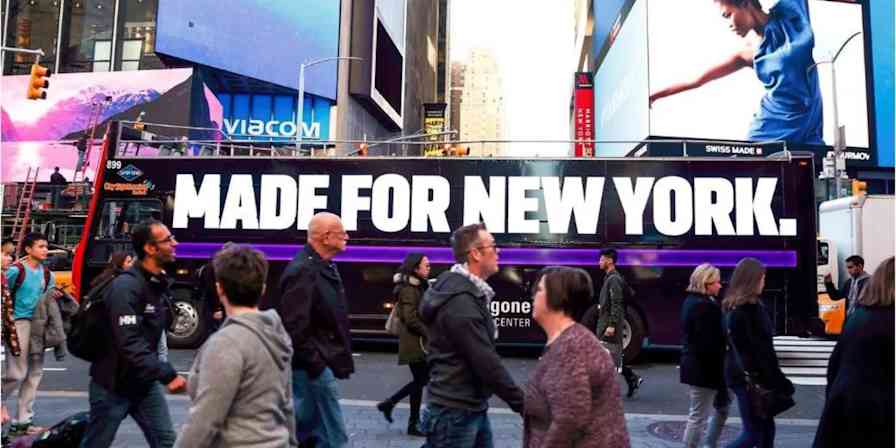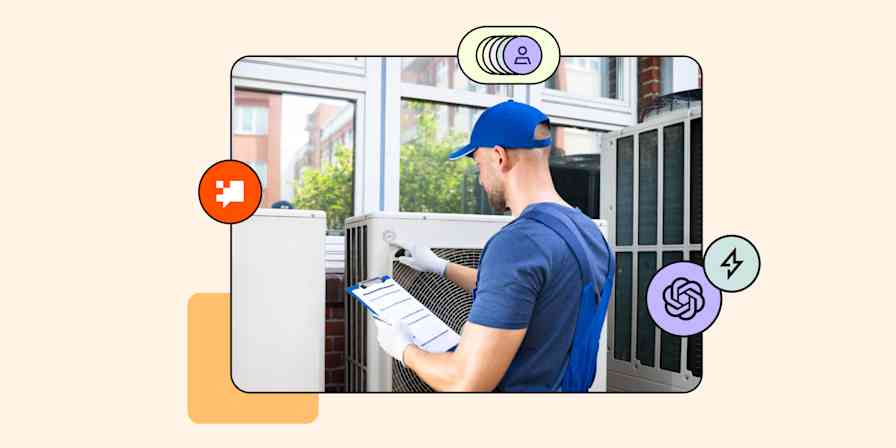In the early days of the internet, building a website for your business might've led you to Geocities or Angelfire, where you could "design" a site full of neon colors on a black background, Flash animations, and music that would start playing at absurd volumes the moment the page finished loading.
Those dark days are (mostly) behind us now with companies dedicated to crafting a gorgeous site for you that both attracts visitors and converts them—whether that conversion is buying a product, signing up for a newsletter, or submitting a form.
Graphic design agency Graphiq, out of Norway, has a simple mission: make the internet look better. Graphiq enables any business—no matter their size—to outsource their design requests to a talent pool that spans the globe, without the need to hire a design team or firm.
But design really just scratches the surface of the work Graphiq does: To make the internet gorgeous and build brands, you need great talent. Sometimes that talent lives in a different country or on a continent across oceans. That's no problem for Graphiq; because they work with designers all over the world, their clients always have access to world-class talent when they need it.

That means Graphiq has a unique task: coordinate new project requests with designers in different time zones. To tackle this hurdle, Graphiq turned to app automation tool Zapier.
From Start to Finish: Automate Your Entire Sales Process
Erik Sandsmark, co-founder and Chief Design Officer at Graphiq, seamlessly connected the company's sales tools—including Typeform, Slack, HubSpot, Gmail, and Wunderlist—through Zapier to build a robust, fully automated sales workflow. Through this system, Graphiq's hand-picked designers are notified of new projects as they come in and where they are at each stage of the process.
"Our whole product is built on Zaps," Erik says. A Zap is a bridge between two or more apps. In Erik's and Graphiq's case, the emphasis here is on more: This particular Zap has 12 steps but don't worry: We're going to break down Graphiq's process and split the workflow into a few different Zaps so you can customize this workflow for yourself.
When a client starts a project with Graphiq, they're actually filling out a typeform. When the client submits the form, the Zap triggers and works its magic.
First, Zapier sends the information in the typeform response to HubSpot CRM to create a new deal and then search for and update—or create a new—contact. This means Erik and his team don't need to copy over the relevant client information (like email, name, company name, etc.); instead, Zapier brings it all over instantly.
Create deals in HubSpot from new Typeform responses
Create or update HubSpot contacts from new entries on Typeform
Create new deals and contacts in HubSpot from Typeform responses
After creating deals and contacts in HubSpot, the Zap sends a notification in Slack so Graphiq's team is aware of new projects as they come in—no matter what time zone the designer is in. If you use a typeform to gather information from customers, clients, or anyone else, this Zap is essential in letting you know when a response comes in and even what that response looks like.
Next, Zapier again uses the information from the typeform response to create a new project in Graphiq's to-do app of choice, Wunderlist—automatically building out a parent task for the project. Inside that task, the Zap creates several subtasks; from contacting the client to recommending a designer to creating a Slack channel for the client and designer, Graphiq's Zap removes the manual work that surrounds project creation.
This Zap will save you from the black hole that is adding tasks and subtasks (or a similar one with your preferred to-do app. You'll thank us later).
Author's Note: Microsoft announced back in April that they'll retire Wunderlist in favor of their own homegrown to-do app, called, of course, Microsoft To-Do. Thankfully, you have plenty of to-do list app options you can use in place of Wunderlist. Check out the best to-do apps—if they integrate with Zapier, you can use them in these workflows, (Asana, Trello, and Todoist are great places to start).

To wrap up this whole process, Graphiq's Zap sends an email to the client, informing them that the team received their project request and it's being reviewed. Pairing Gmail with Typeform means Graphiq's clients get that email moments after the form is submitted.
Get email notifications or send follow-ups to new Typeform respondents
"Every time a designer applies to our platform, we also run a similar Zap," Erik says. Automating these repetitive processes—sales, applications, etc.—gives Erik and the team at Graphiq the chance to spend more time working with clients and designing beautiful websites.
All images courtesy of Graphiq.
What's your story? Tell us how you use Zapier to do more. You can also read even more customer stories and find new ways to improve your workflow and productivity.





